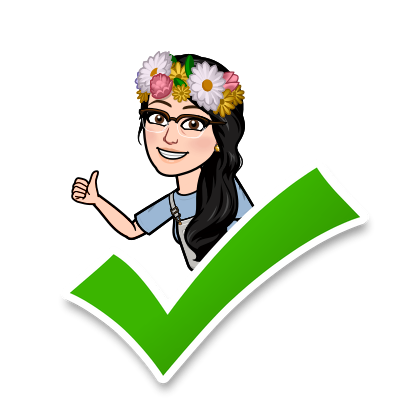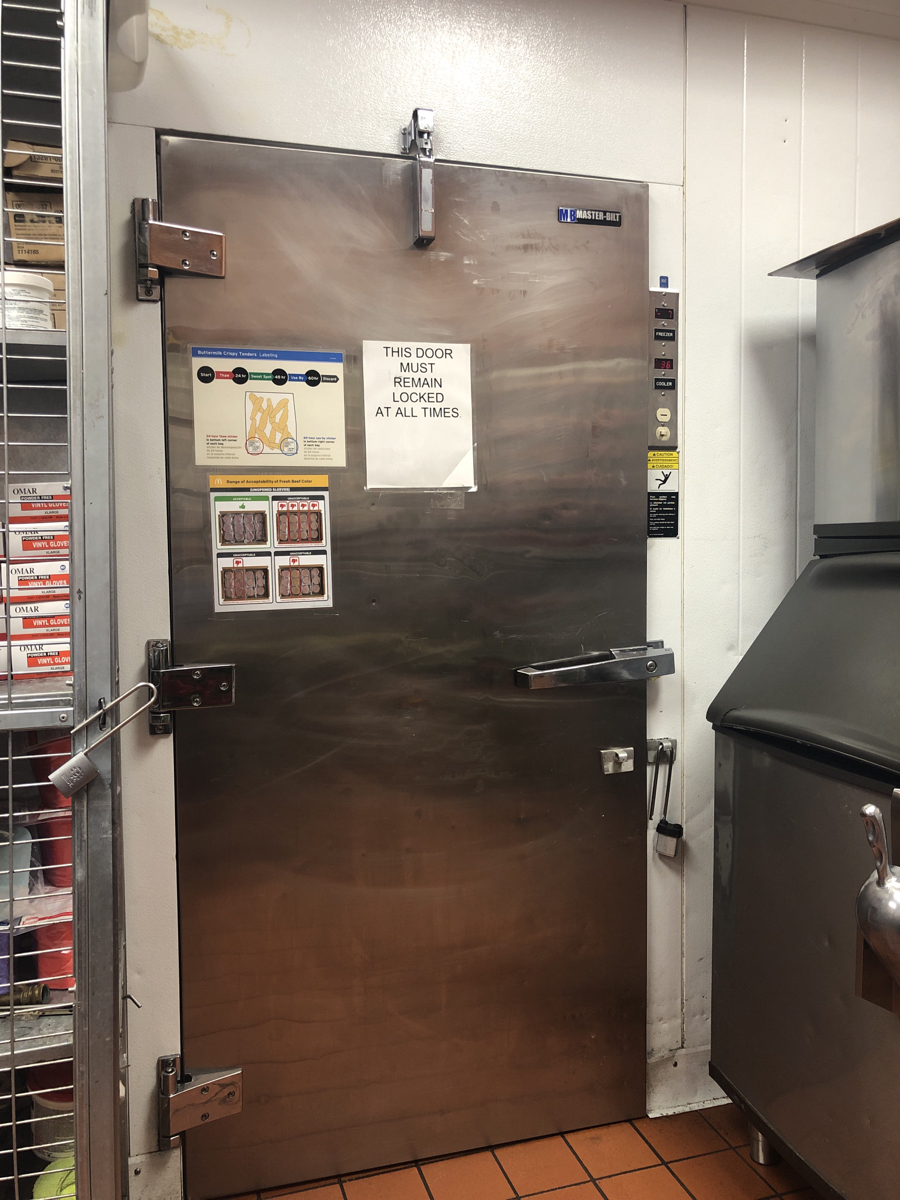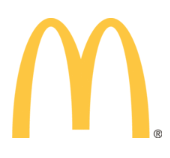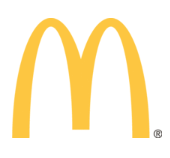Title Page
-
Site conducted
-
Conducted on
-
Prepared by
-
Location
Introduction and Knowledge Check Questions
1. Dining Room
-
Introduce yourself to the manager
-
Explain the purpose of the visit
-
Welcome them to walk with you (not required)
-
Inform them you will need some of their time for questions, etc.
Manager's Office
-
Discuss Knowledge Check questions.
-
1. Without referencing materials, what are the symptoms of when an employee cannot work? The manager must recall a minimum of the first three. Vomiting, Diarrhea, Jaundice, sore throat with fever, Has a lesion containing pus such as an open wound that is not properly covered.
-
2. What are the reportable illnesses? Managers may reference materials if available. Salmonella (nontyphoidal and typhoid fever), Shigella, Hep A Virus, Norovirus, E. Coli.
-
3. when can an ill employee return to work?
Documentation
-
Last 60 days of completed Daily Food Safety Checklists
-
Last two Monthly Food Safety Verifications
-
Pest management service report
-
Procedures for non-food spill clean-up
-
ServSafe or equivalent certificates for all managers
-
Records or tracking for food safety training of all employees
-
The last Health Department Inspection Report
-
Request pyrometer
-
Ask about hourly handwashing procedures and when the next handwashing will begin
-
Observe to ensure handwashing procedure is followed as described
-
Ask about the process for cleaning UHC trays and utensils every four hours
-
Observe to ensure a process is followed as described
Conducting the Review
3. Hand Sink Areas (check all hand sinks and towel buckets)
-
Wash hands - It is important to model good handwashing behavior as you will be contacting food/ food contact supplies during your review
-
Check supplies (all hand wash sinks)
-
Check that warm water is available ( all hand wash sinks)
-
Hand sinks are easily accessible
-
Measure sanitizer concentration in all clean towel buckets (Chlorine test strip is used to confirm that the sanitizer concentration is a t 50 ppm or above
4. Ice Machine Area
-
Assess ice machine & transfer bucket including ABS and self-serve beverage stations.
-
Check floor and drains for standing or puddling water
-
Verify pyrometer calibration (30-34 degrees F)
5. Refrigerated Areas (check the two most frequently used reach-in refrigerators and freezers)
-
Ensure freezers are operating properly and that items are solidly frozen
-
Check that refrigerated products are at or below a temperature of 40 degrees F
-
Check that primary/secondary shelf lives are in code
-
Assess employee behaviors (handwashing, proper glove use)
-
Chemicals stored away from food and packaging
-
Sanitized towels are not left sitting out on surfaces
-
Proper use of blue gloves and dedicated utensils used to prevent cross contamintation
-
Proper use of clear white gloves
-
Check that all produce, cheese, and melted butter at prep table is marked with a secondary shelf life and is not expired
-
Check utensils and UHC trays for cleanliness and no build up and for condition (not cracked or broken)
-
Check the internal temperature of 10:1, 4:1, Buttermilk Crispy Tenders, Filet O Fish, Round Egg and Breakfast sausage, with the shift manager taking at least one set of beef temperature (preferably 10:1) (Unannounced visit: full runs of product are not required to be cooked for this check if the visit is conducted during a low volume time and the restaurant is not cooking their established full runs.
-
It is not required to check every product in a protein category, however, if the restaurant cooks other products during your visit, evaluate the product temperature. (If the measured temperatures for any portion checked are below the minimum internal temperature, the question should be marked no
-
Check under grills and fryers for build up or signs of pests
-
Managers know how to correctly complete food safety checks
7. Back Sink Area
-
Check for hot water 110 Degrees F or higher
-
Check that back sink functions with all required supplies
-
Measure sanitizer concentration of sanitizer solution at back sink (Quat test strip to confirm that the concentration is at 200 ppm or above)
-
Check function of soap and sanitizer dispensers
-
Raw meat utensils washed separate and washed last
-
Floors, ceilings, walls and equipment are in good repair.
-
Check floors for puddling, missing tiles, and signs of pests
8. Back of Restaurant (Storage Room & Walk Ins)
-
Evaluate walk-in refrigerator (take product temperatures) and freezer (read air temperatures)
-
Check to see if food is covered/wrapped and stored properly
-
Check primary and secondary shelf lives of products in walk-in refrigerator (focus on produce, fresh beef, and chicken tenders)
-
Check for any previously heated foods being saved
-
Check for approved food products and chemicals stored away from foods
-
Check for signs of pest infestation
-
Check water filters (If on Coke program, mark yes)
-
Floors, walls, ceilings, and equipment in good repair
9. Front counter/self serve beverage area
-
Check towel buckets
-
Chemicals stored away from food
-
Ice chutes area clean with no build up
-
Orange container with a lid and dedicated scoop used for nut containing mix-ins
-
The primary shelf life of milk and apples
-
Check under BIM machine for sings of build up or pests
10. Restrooms
-
Check handwashing sinks (supplies and warm water)
11. Exterior
-
Check for signs of pest infestation (All doors have door sweeps, no light showing through)
-
Check corral (doors closed, dumpster lids closed, clean surface)
Communicate Results
12. Managers Office
-
Complete form
-
Recap visit with 2-3 strengths, review overall results with manager










